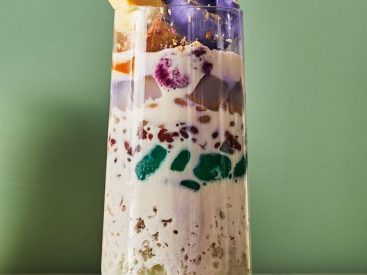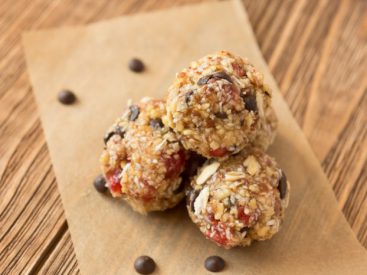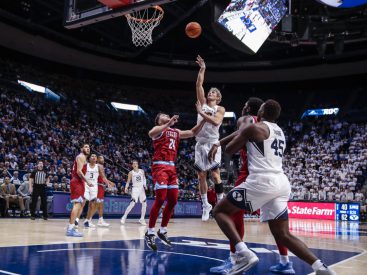Astronaut Karen Nyberg enjoys some food and drink on the ISS. (Image credit: NASA) The first meal astronauts eat before venturing into space is traditionally a breakfast of steak and eggs. It’s one of NASA’s many food traditions, but for this particular breakfast at least, there was science behind […]
Delicious!
Delicious!



